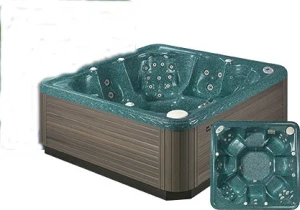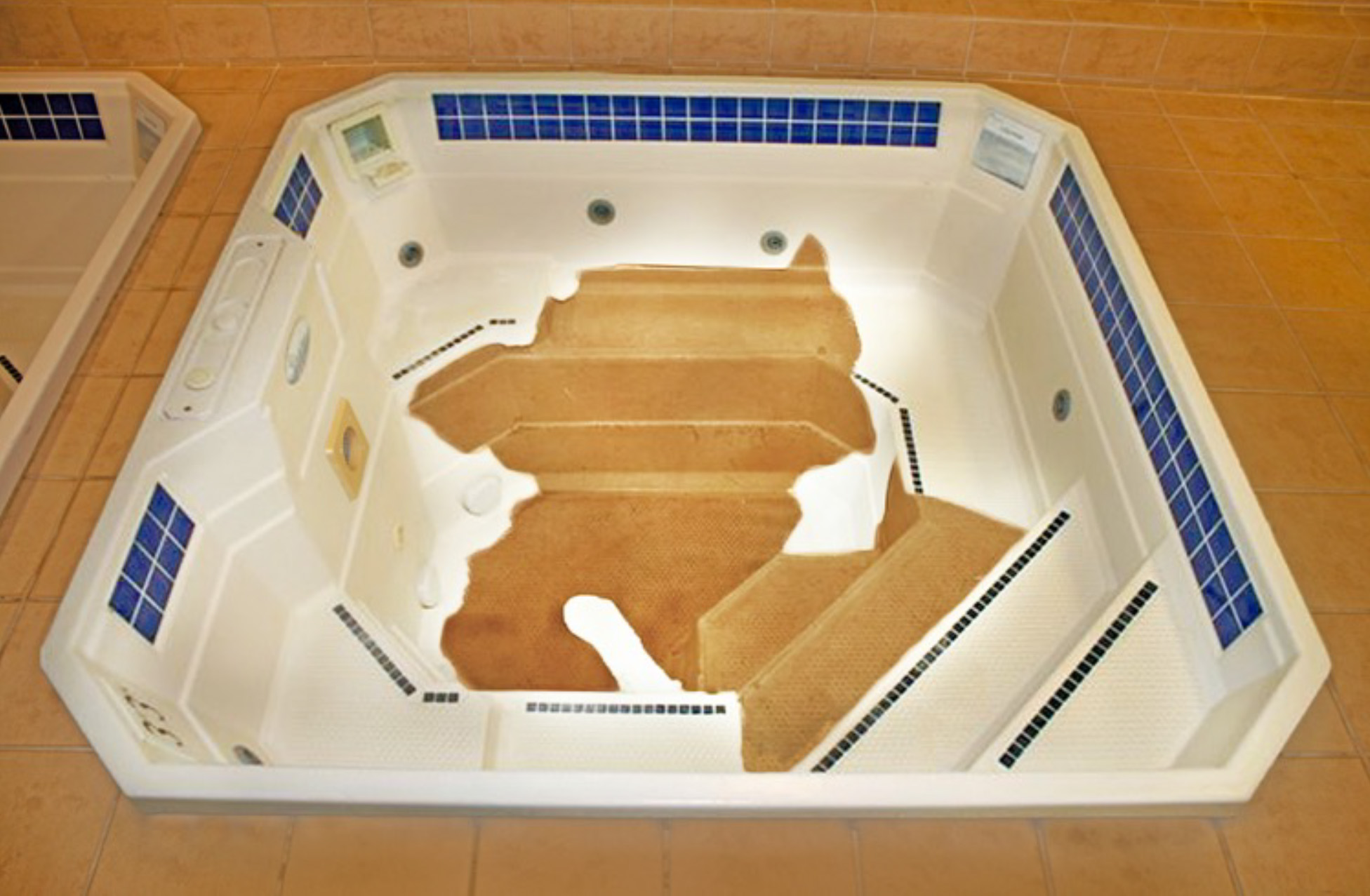Multi-Tech Products sheds light on a common yet perplexing issue faced by professionals in the industry: fisheyes in repaired surfaces. These imperfections can mar both MMA (Methyl Methacrylate) and Quick Glaze repairs, affecting the quality and appearance of the finish. The culprit often lies within the air lines: oil and moisture.
Compressed air systems, integral to the spraying process, can harbor high levels of oil and moisture. These contaminants originate from the compressor, where moisture forms through condensation due to changes in pressure and temperature, a phenomenon exacerbated in humid environments. Over time, this moisture can lead to rust and oxidation within the system, further polluting the air lines. When contaminated air is used in spraying, it can alter the color of the repair material and lead to fisheyes, a term used to describe small, crater-like imperfections on the surface.
Water traps, despite being a common solution, often fall short in effectively removing these liquids. Even the most robust water traps cannot guarantee the removal of all moisture and oil from the air lines, leaving room for contamination to reach the repair surface.
For industrial applications, Rob Clos recommends the use of an industrial-grade desiccant filter tower. This system ensures that all foreign liquids are removed, providing a clean, dry air supply for spraying. The desiccant in the tower absorbs moisture until it becomes saturated, at which point the color indicator changes, signaling the need for replacement or regeneration. An integrated dust filter further purifies the air, delivering it to the outlet port ready for use, dried to a -40°F dew point.
For repair professionals and situations where moisture presence is minimal, an in-line desiccant air filter offers a portable and effective solution. Multi-Tech Products offers these units, which are ideal for stopping moisture and oil from contaminating the repair surface, thus preventing fisheyes.
Ensuring the air supply is free from moisture and oil requires diligence:
Understanding the impact of oil and moisture on the quality of bathtub surface repairs is crucial for professionals aiming to deliver flawless results. By adopting robust moisture control measures, such as the use of desiccant filter towers and in-line filters, technicians can enhance their repair quality, ensuring satisfied customers and enduring finishes.



Find all the essential information about Multi-Tech Products, from contact details to terms of service, in our comprehensive footer section. We’re here to help you with all your surface repair needs.

Your order has been confirmed & it is on the way. Check your email for the details